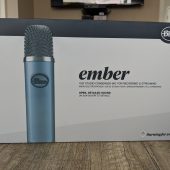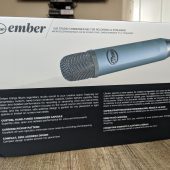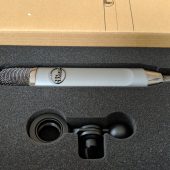Alright, let just get this out of the way now: If you’ve ever attempted to podcast using a USB Microphone, it’s not the greatest experience you will have. Sure, a USB microphone may be most convenient, but with the Blue Ember XLR Microphone, you can have complete control as you record your audio.
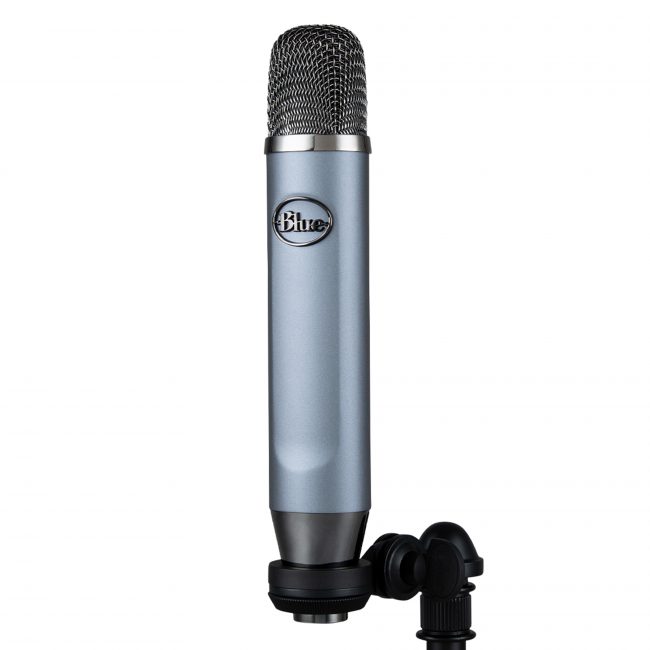
When I started podcasting a year ago, my podcast journey started like a lot of yours: A Blue Yeti microphone. And while this is not to knock the Yeti — which is a very serviceable microphone in the right circumstances — but if you really want to go from a “decent” grade of podcast to truly pro-grade, you’ll need an XLR microphone. The ability to get studio quality work will obviously come with a price, unless of course — You’re Blue. And then you get the Blue Ember SLR Studio Condenser mic for Recording and Live-streaming.
The Blue Ember Streaming microphone is made by the same guys who brought youth Yeti and Yeti Nano, but it’s a cost-effective method of recording with an interface or mixer to give you more quality audio when recording. Aimed specifically for Podcasters and streamers, the Ember strays away from the plug-and-play mentality, opting to use it’s cardioid condenser specs for good.
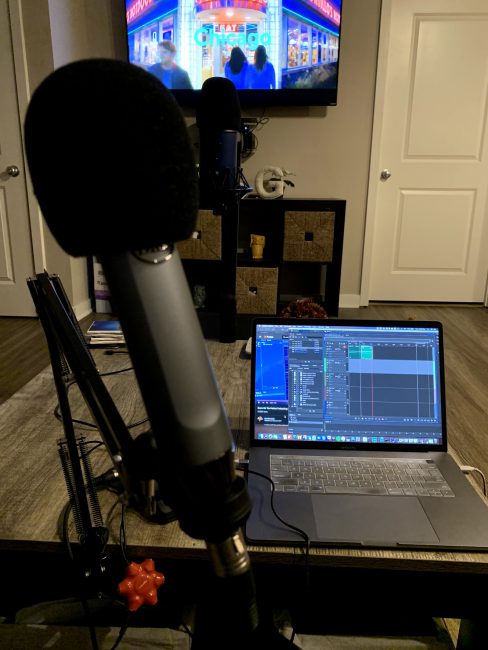
Coming with a cardioid polar pattern that gives users linear directional pickup, it’s best to be used just a few inches away from your voice. While I’ve been able to record using a single Ember mic with my co-hosts, any professional podcaster will tell you that for each guest there should be a companion microphone.
Luckily the Ember comes with a 40HZ-20kHz frequency; if you record your audio currently (head facing the mic straight on, with the microphone standing straight up, the Ember will make sure that you will not have much editing to do in post-roll.
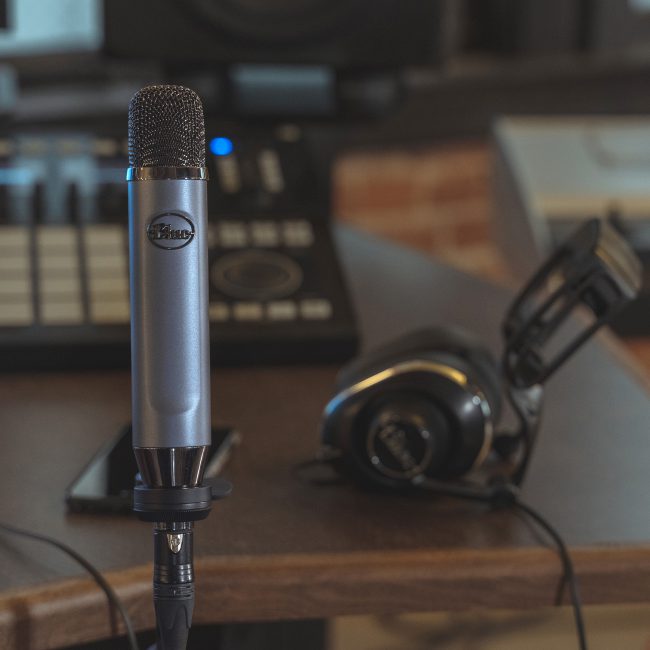
Aside from not having any working accessories for itself, I managed to connect the Blue Ember to one of Blue’s Boom Mics just fine. I used a pop filter on the Ember to eliminate P-Pops, which it personally handles well, and we’ve been told by watchers of our Instagram Lives that the look of the microphone is unique and slim, not taking away from the person speaking, like most microphones tend to do. Literally, there are no buttons on the Ember, no gauges, which is nice, but the inability to monitor your audio due to a lack of a headphone jack could be a deterrent from someone who wants to keep recording simple. Aside from that, you will also need Phantom Power for the microphone, so be sure to keep that in mind when recording.
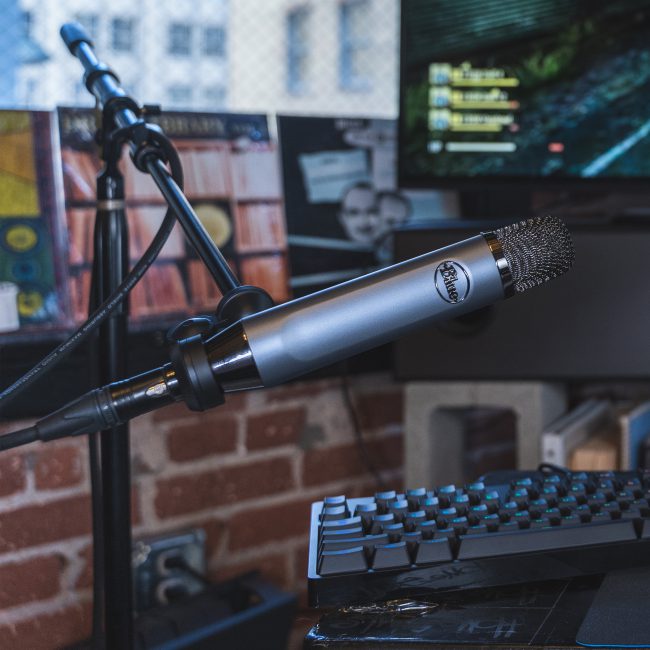
Our sound quality has greatly improved since using the Blue Ember microphone which you can check out in our more recent episodes (Episode 89-93 on iTunes). If you are obviously not a podcaster, I feel like this would still be great for audio recordings, as well as use for recording yourself while playing an instrument. I just still wish they released a few more accessories for it.
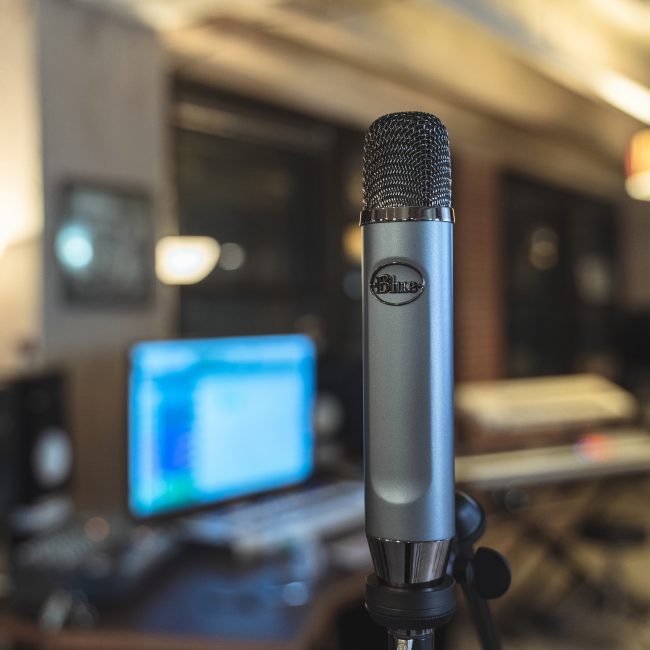
While this is for the moment my Go-To XLR microphone, for $100 you can’t really beat it. Its value is unmatched, and it’s a great step upper users of the Yeti, or other USB microphones who could not afford budgets upwards of $3-400 for microphones.
If you would like to find out more information about the Blue Ember microphone, head over to their site.
Source: Manufacturer supplied review unit
What I Like: Simplistic product that won’t look bad on camera but won’t sound terrible in your ears
What Needs Improvement: Requires an audio interface

